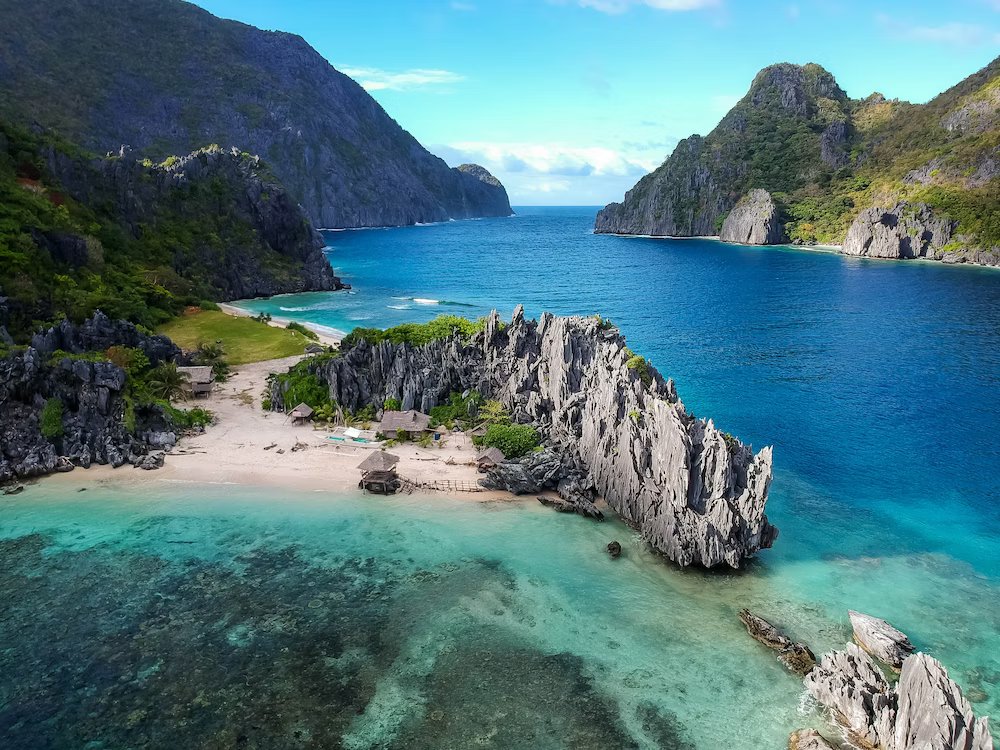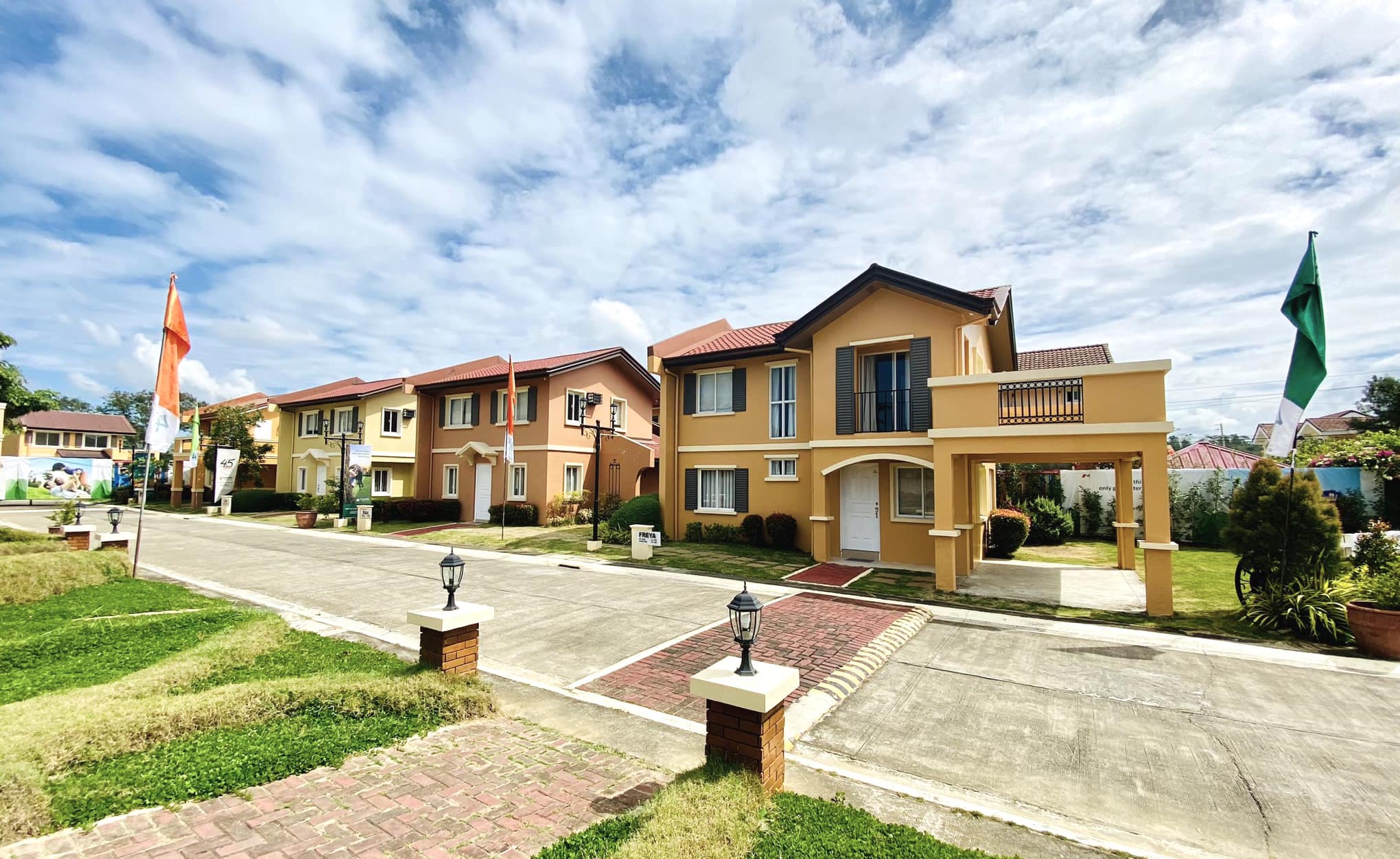
Tourism in the Philippines is back in a growth trajectory as the threat of the pandemic to travel wanes in the background. The Department of Tourism (DOT) reports that the country welcomed around 3.87 million tourists as the year’s third quarter closed. This is just a million shy of its 2023 target of 4.8 million foreign visitors by year-end.
Beyond this year, the DOT and the current administration are also priming the Philippines to become a “tourism powerhouse in Asia.” Given the economic benefits of tourism in the country, this is a promising outlook. Before the pandemic, tourism contributed to almost a quarter of the gross domestic product (GDP).
Tourism not only impacts the bottom line of the country but also the progress of local communities. It also empowers local businesses near tourist attractions by increasing income and providing employment opportunities.
However, the influx of tourists is a double-edged sword. While it can invigorate a local community in the short term, its mismanagement may also lead to deterioration in the future. This is especially true for heritage and ecotourism sites. The same is true in the degradation of our marine life and marine species like the well-known “butandings” (whale sharks).
From here comes the argument for more responsible tourism and the implementation of sustainable practices. But what does this entail? Below, we discuss how locals and tourists can love the Philippines sustainably.
Sustainable tourism
Sustainable tourism is simply a responsible and mindful approach to travel and tourism with two main goals. First, it seeks to minimize the negative impact of tourism on the environment. Second, it promotes the long-term well-being of local communities and the environment in general.
It revolves around the commitment to ethical and environmentally friendly practices that aim to preserve natural resources and cultural heritage for future generations as tourists travel sustainably.
Despite being a famous tourist destination, the Philippines is still lagging in the implementation of sustainable tourism, unlike in other countries. On the flip side, this means that there are many opportunities for local and national agencies to create policies that jumpstart the wave of responsible travel and sustainable tourism.
To understand the concept of sustainable tourism, below are examples:
Environmental regulations
The government can establish and enforce environmental regulations that limit the impact of tourism activities on sensitive ecosystems like protected sanctuaries and the marine environment in the Philippines.
These regulations might include restrictions on building in certain areas, waste management requirements, and conservation measures.
Protected Areas and National Parks
Designating and properly managing protected areas and national parks helps conserve natural habitats and biodiversity. In the Philippines, there are over 240 protected areas and national parks that the Department of Environment and Natural Resources (DENR) manages.
This also allows controlled and sustainable tourism in the specified areas and collected entry fees can contribute to conservation efforts.

Promotion of Sustainable Transportation
When tourists visit a locality, they need to get around, and with this comes the increased demand for public transportation options.
For an archipelago like the Philippines, every cross-region movement means a carbon footprint. Under sustainable tourism, the modes of transport should be more eco-friendly. This means electric vehicles, public transit, and bike-sharing programs, among other things. The same kind of responsibility should also be ingrained to tour operators and local guides.
Community-Based Tourism
Sustainable tourism emphasizes supporting community-based tourism initiatives. This allows local communities to have a direct stake in tourism activities, which can lead to more responsible and sustainable practices.
For tourists, this could be as simple as buying souvenirs from a local vendor or local weavers, sourcing products from local farmers, having local tour guides, staying in a local hotel room, sampling the delicious food from small businesses, and immersing in the local heritage and culture.
Waste Management and Recycling
When tourists stay in a locality, they leave waste and garbage that could eventually be too hard to manage. Implementing effective waste management and recycling programs in tourist areas reduces pollution and encourages responsible waste disposal among visitors and residents. Moreover, push efforts like the use of eco friendly products in establishments, responsible disposal of their plastic waste, and even the simple act o bringing their own water bottle will go a long way.
Cultural Preservation
Sustainable tourism goes beyond natural resources. It also aims to preserve local customs and traditions, which is basically the everyday life of people in these host communities.
Developing policies that safeguard cultural heritage sites and traditions, including rules for visitor behavior, can help protect, promote and have a positive impact on local culture without harming the locals.
Tax Incentives
Incentives are one of the best ways to encourage businesses to invest in and achieve sustainable tourism. Offering tax incentives or subsidies can encourage more tourism businesses to put up more eco-friendly accommodations, technologies, and operations.
Limiting Tourist Numbers
While the goal of tourism is to bring people in and generate income, limiting the number of arrivals can better preserve these attractions for the future. These limits are meant to protect fragile or overburdened destinations and avoid over-tourism.
Boracay, for instance, faces this challenge now as agencies try to balance the demand and preservation of the island.
Education and Awareness
Given the impact of tourism on the national and local economy, the government can fund or support educational campaigns that can raise awareness, promote sustainability, and awareness on leaving smaller carbon footprint.
However, local government participation can make this more effective. This way, tourists will have more hands-on guidance on the importance of responsible and sustainable travel practices.
Sustainable tourism development plans in the Philippines
The Philippines has been actively pursuing sustainable tourism efforts as outlined by Tourism Secretary Christina Frasco and the Department of Tourism (DOT). These efforts encompass several key strategies and initiatives, including:
Megadiverse Region
The Philippines is pushing for its status as one of the megadiverse regions in the world. This emphasizes the country’s commitment to preserving its rich biodiversity and natural resources in line with its tourism promotions.
Multi-dimensional Tourism
The DOT is incorporating multi-dimensional tourism into its product development. This approach involves offering a diverse range of experiences to tourists, including cultural, historical, natural, and adventure-based activities.
Such move aims to reduce the environmental impact and spread the benefits across different aspects of tourism.
Expansion to Emerging Destinations
The Philippines is expanding its tourism development efforts beyond the well-established tourist destinations to emerging locations. This approach can help distribute the economic benefits of tourism to previously underserved areas while alleviating the pressure on crowded, popular destinations.
UNWTO International Network of Sustainable Tourism Observatories
The Philippines is actively participating in the UNWTO’s International Network of Sustainable Tourism Observatories.
This network allows for the monitoring and assessment of tourism’s impact on the environment, culture, and local communities, helping to inform sustainable tourism practices.
Moreover, Batanes Islands in the north has been chosen to be part of the UNWTO’s International Network of Sustainable Tourism Observatories.
This recognition highlights the country’s commitment to sustainable tourism in the region and its efforts to protect the natural and cultural assets of Batanes.
Promotion of Ecotourism
The DOT is actively promoting ecotourism. Under this, people are encouraged to visit natural areas while making an effort to minimize their impact on the environment and supporting the conservation of local ecosystems. Tourists can enjoy the natural beauty of the country, like the lush forests, by being responsible travelers.
Development of Tourism Communities
The Philippines is working on developing tourism communities across the country. This will involve empowering local communities to actively participate in and benefit from tourism, ensuring that the economic advantages are distributed more equitably.
Private Sector Engagement
The DOT is fostering robust private sector participation to promote heritage protection and sustainable tourism. Moreover, collaboration with private businesses can help implement sustainable practices and investments in the tourism industry.
These sustainable tourism efforts demonstrate the Philippines’ commitment to balancing tourism development with environmental and cultural preservation. Moreover, this highlights its dedication to equitable economic distribution and responsible tourism practices.
Tourist Spots
Find meaningful connections while basking in the natural beauty of the country. There is an underground river in Puerto Princesa, Palawan. The lush rainforests in Masungi Georeserve, El Nido Resorts, Amorita Resort, Danjugan Island, and the list goes on. There is a fantastic way to enjoy the countryside by traveling responsibly.
Live sustainably, surrounded by beauty
Discover sustainable communities that embody local beauty. See how Camella brings eco-friendly options to its majestic neighborhoods.

Check out our House and Lot for Sale Properties
Discover our house and lot for sale properties in the Philippines


